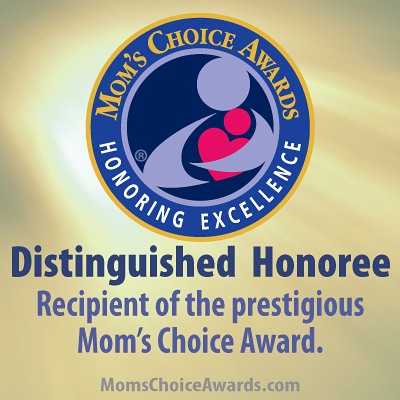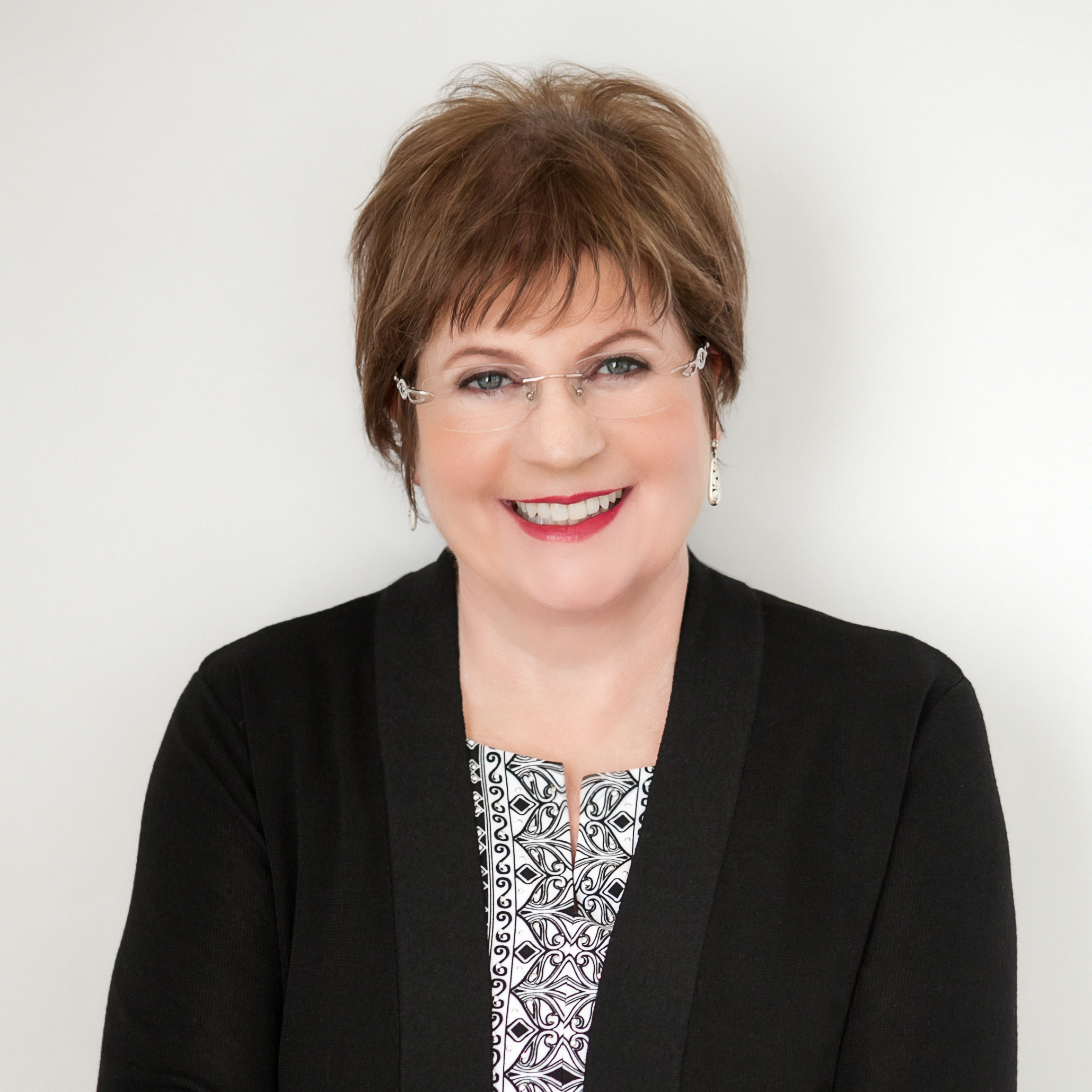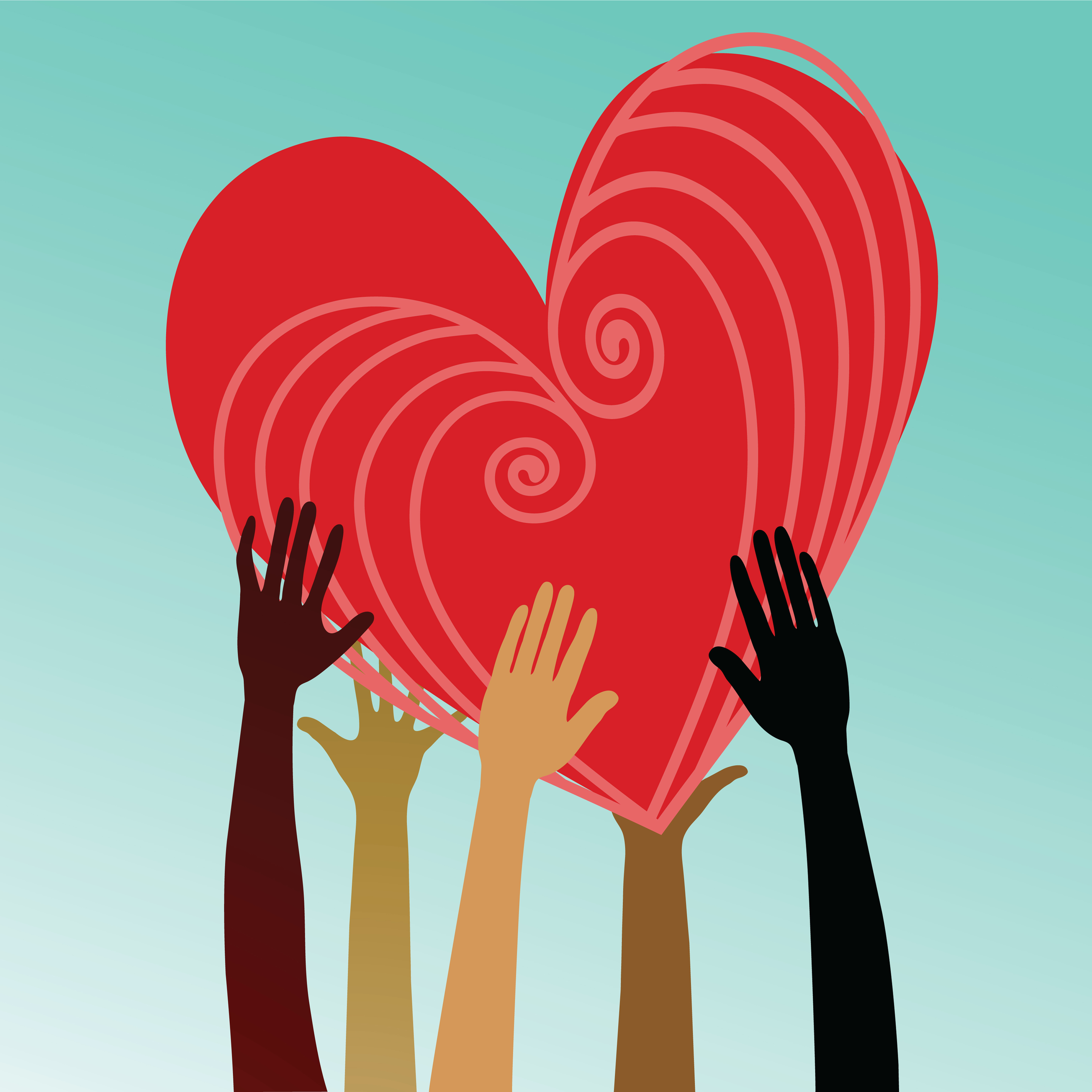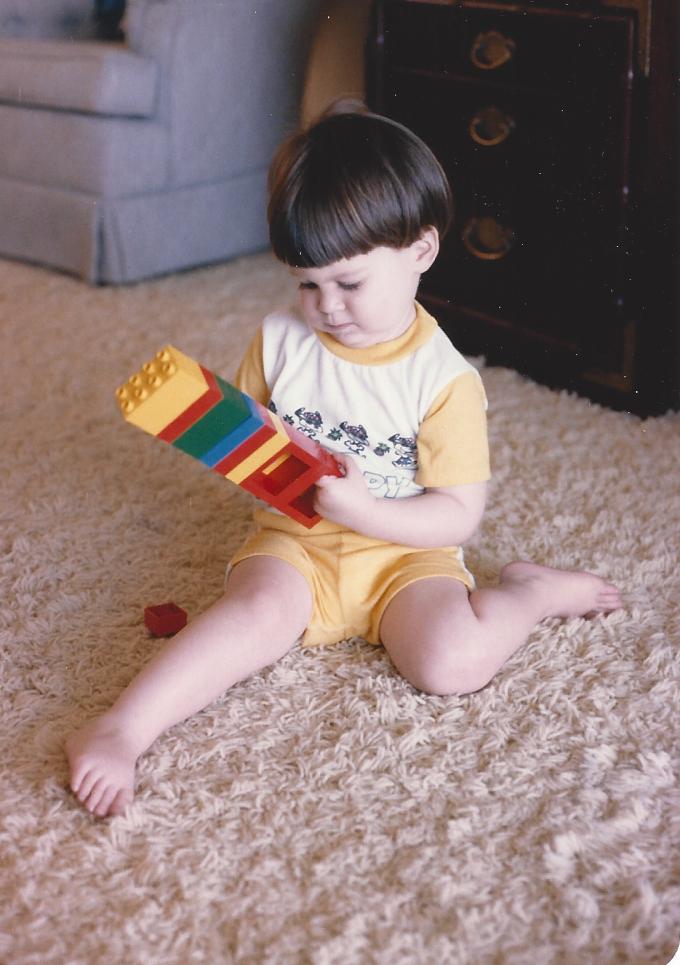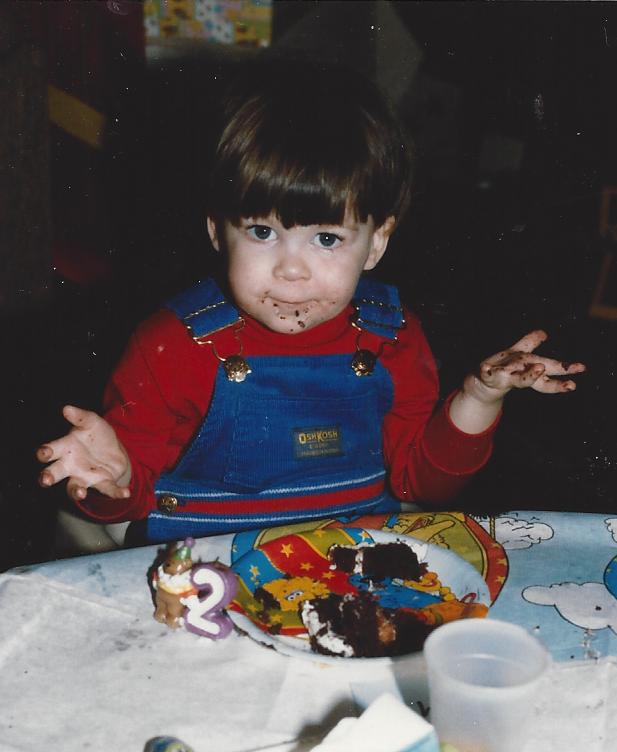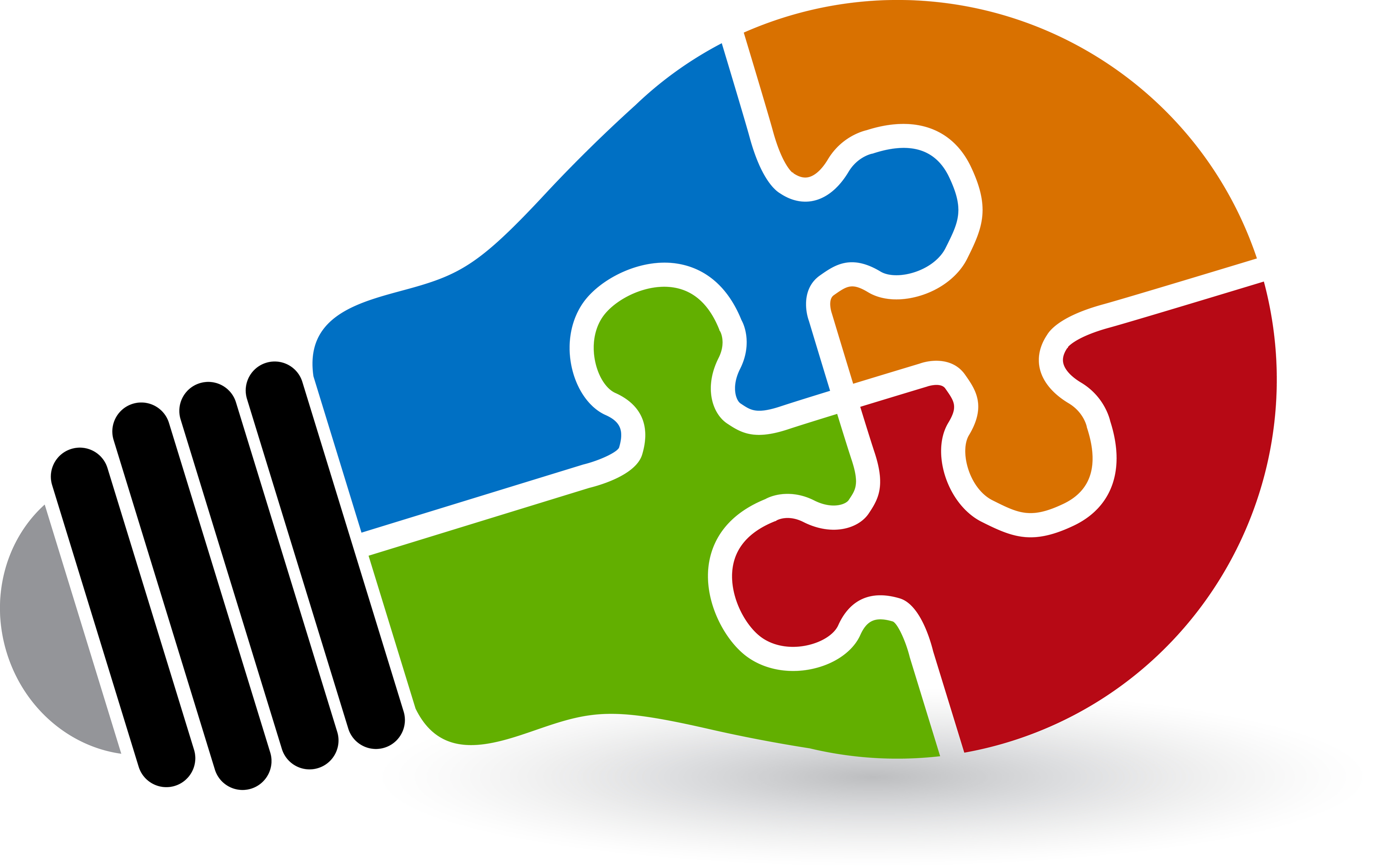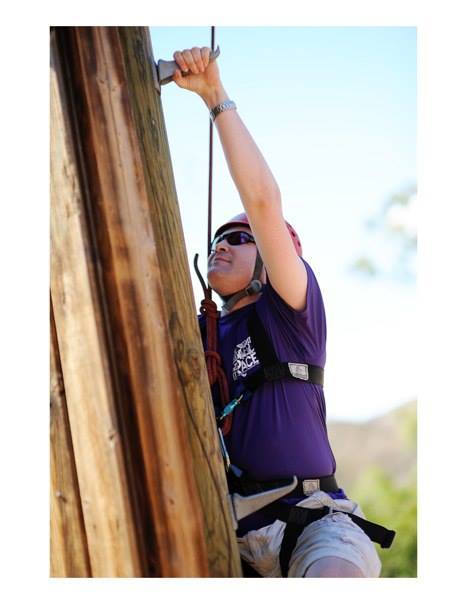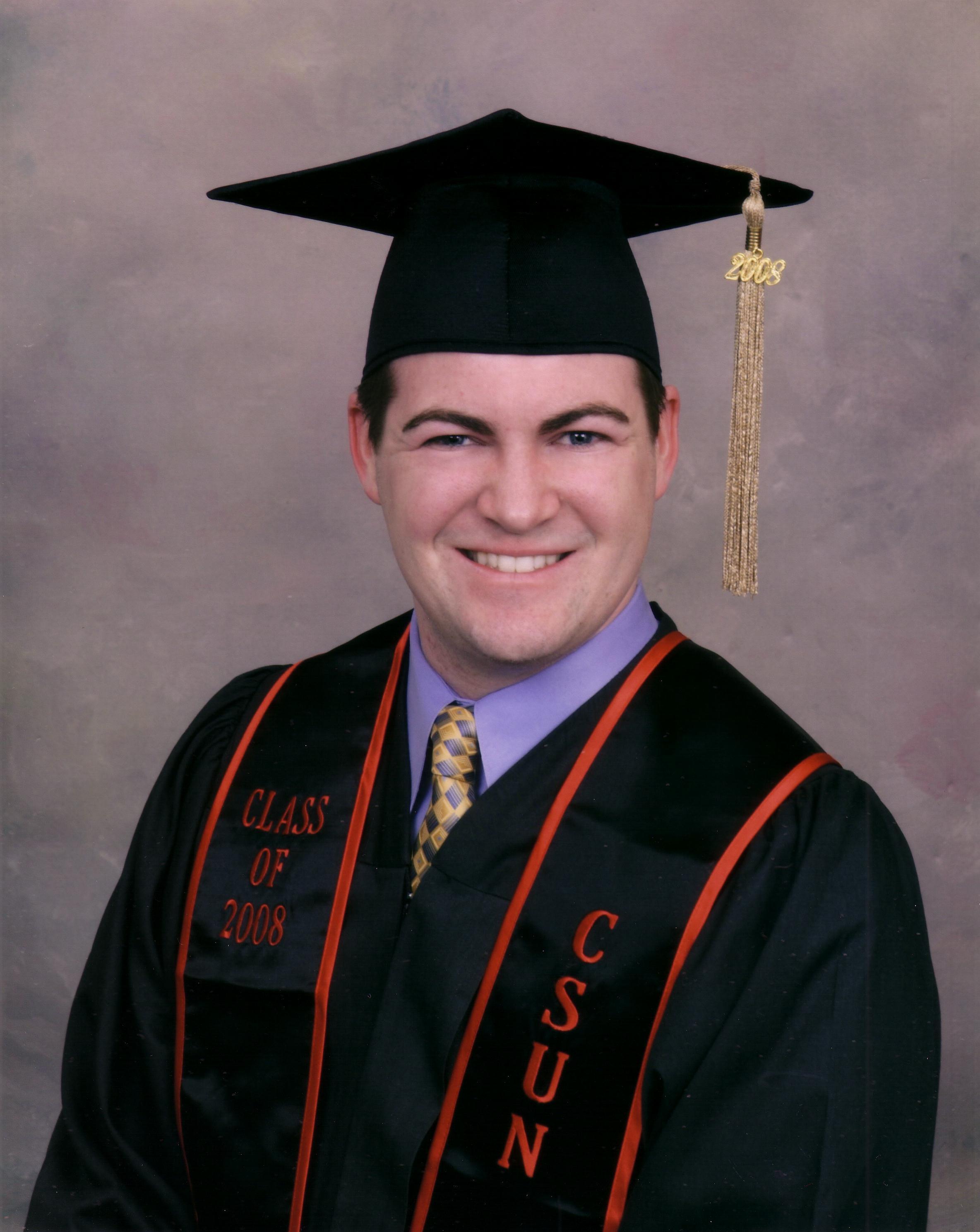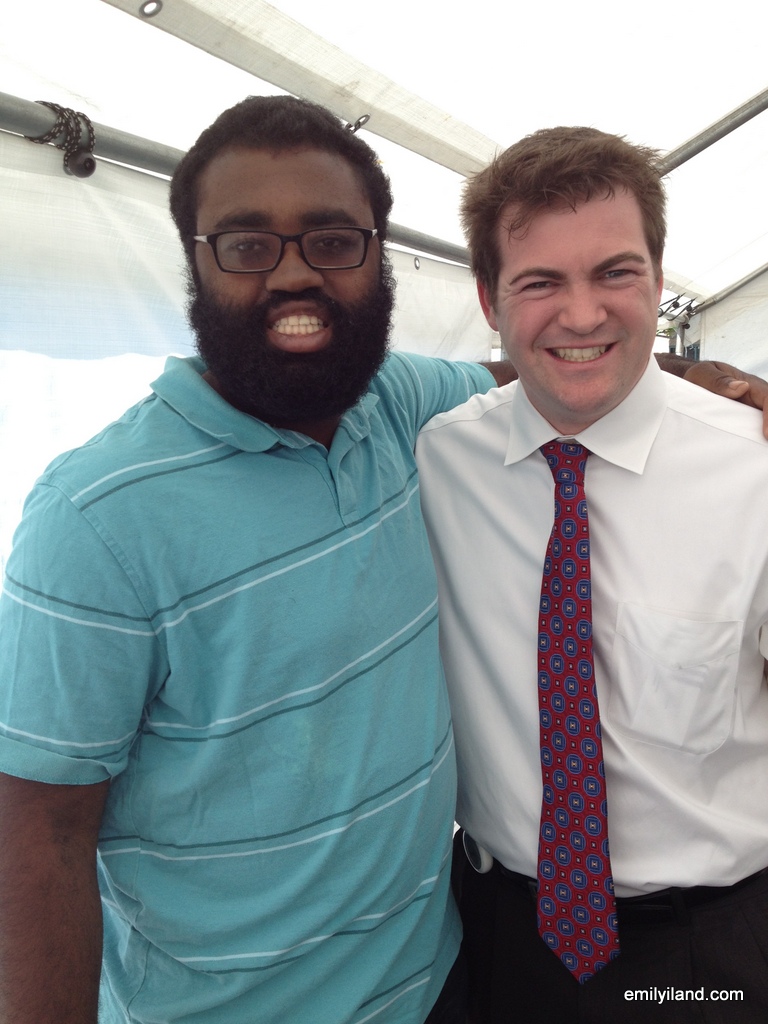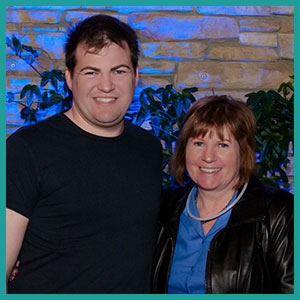
by Emily Iland | Feb 8, 2018 | Featured
Your first reaction to the question might be, “Of course, I’m sure s(he) does!” Yet in reality, our children with a disability might have doubts and mixed feelings about themselves. In this blog we’ll explain what self-love is and what it isn’t. We’ll uncover why our children with disabilities of any age might not love themselves, and discuss what we can do to help.
I say “our children,” and, “what we can do” because I have a son with autism, now in his early 30s. Tom has worked long and hard to live the life he wants for himself. I’ve been there for the peaks and valleys of his journey. The lack of self-love was a hidden obstacle along the way, but finally achieving self-love was a wonderful gift.
I’m writing this blog to share insights with parents of a child of any age, including those with teen and adult children, because this topic is relevant at all stages of life. (To keep it simple I’ll use the word child to mean your child of any age).
What is self-love?
The idea of self-love may make some people feel uncomfortable. That may come from misunderstanding the meaning of the word. Self-love isn’t being egotistical or self-centered. It isn’t narcissism or selfishness, just caring about yourself. Self-love isn’t arrogance or superiority, thinking you are better than other people. It isn’t being conceited, or excessively proud of yourself.
So then what is self-love? My son Tom discovered and taught me that loving yourself means that you know you are valuable and have something to contribute to the world. Self-love means respecting yourself and taking care of yourself, physically and emotionally. It means accepting yourself as an imperfect person with both strengths and areas to improve. Self-love means forgiving yourself for not being perfect. Self-love means acknowledging that you are a unique person who is deserving of your own love and the love of others.
Obstacles to Self-Love
Why would our children with disabilities not love themselves? One root cause may be all the “helping” that goes on when a child has special needs. Hearing parents talking and worrying can signal the child that there is something wrong with him or her. A child might think that all the doctor appointments, therapies, meetings, and discussion means that s(he) is broken and needs to be fixed. These views of what is happening around him/her can plant seeds of doubt and be the first obstacles to self-love.
A second deterrent to self-love is struggle. When a child with a disability has a hard time doing something they need or want to do (homework, make friends, ask for help, etc.) they often blame themselves. They may feel frustrated, humiliated or ashamed. This can turn into negative self-talk with messages like “I’m stupid,” “I can’t do anything right” or “It’s all my fault.” When their self-esteem plummets, the child may be unable to share their feelings due to their disability. They may be unwilling to share their feelings with parents, especially in the teen and adult years. The negative feelings may be kept inside, silently damaging the child’s self-love.
Third, think about how children with disabilities are treated by other kids. While there are some kind and compassionate kids out there, many children think that “different” is not OK, and target kids with disabilities. Children with disabilities may be laughed at, singled out, humiliated, excluded and bullied at some point in their lives. What message does this send the child about their value and their worth? Parents may know this is going on (like when the birthday party invitations stop coming) or have no clue about the child’s painful experiences.
How to help
Now that we know some possible reasons that our children with disabilities might not love themselves, what can we do to help them learn to do so? One of the most important options is called demystification. Demystification means taking the mystery out of disability, helping the child understand and accept it.
Many parents keep a disability or diagnosis a secret, thinking that in some way “not knowing” protects the child. In fact, knowing yourself comes before loving yourself! It’s not enough to tell our children, “You have autism,” or “You have dyslexia,” or whatever the diagnosis may be. We need to explain what the diagnosis means, and how the disability affects the child. We need to be honest about strengths and needs (areas to work on). Self-understanding leads to self-acceptance, and finally, self-love.
The Demystification Process
Demystification is like an ongoing conversation that can take place over many years.
- The first and recurring message is, “I love you and I always will. You deserve to be loved.”
- This is followed by conversations and everyday “live” examples about the fact that everyone has strengths and “weaknesses,” which is nothing to be ashamed of. Point out your own flaws and be OK with needing help sometimes!
- Next comes discussing patterns of difference that often go along with a particular disability. For example in autism, a strength may be great attention to detail, and a related challenge may be “missing the big picture.” When parents are open, factual and accepting about a child’s pattern of differences, the child can learn to be open and accepting about it, too.
- This preparation can lead up to telling the child the name of their disability if they don’t already know. Continue the discussion about the features of the disability the child has, and how they affect him or her.
- Let the child know that s(he) is not the only one, that many other people have the same diagnosis. Let him or her know that they are not alone, and you and many others are there to help them reach their goals. Be sure the child knows about success stories of other people with disabilities. Support and work towards their own hopes and dreams for the future.
- Here is one of our biggest secrets: Let the child know that he or she is not broken and you are not trying to change or fix them. The help everyone is offering is about building skills so that the person can have the life they want for themselves.
Demystification For All
Demystification can be a powerful process to help someone with a disability understand, accept and ultimately love themselves. Logically, the person with the disability is not the only one who can benefit from demystification. The circle of love is widened when demystification takes place within the family, in schools, and in the community. Seek out and support anti-bullying programs, diversity acceptance campaigns and inclusion initiatives. You and your child can help reverse the decades-long trend where people with disabilities are excluded for being “different” or considered “less” than others. Clarifying facts and erasing doubts can create opportunities to grow self-love within the child, within the family, with other children, and with society in general!
This article is based on the best-selling book, Come to Life! Your Guide to Self-Discovery: Helping Youth with Autism and Learning Differences Shape Their Futures by Thomas W. Iland and Emily D. Iland (Porterville Press, 2017). The book explores Tom’s mantra: Know Yourself. Love Yourself. Be Yourself.
Great News! Come to Life! has been named among the best in family-friendly media, products and services by the Mom’s Choice Awards® Come to Life! just received the prestigious Gold Mom’s Choice Award® Learn more or get your copy at www.Thomasiland.com
EMILY ILAND, M.A.
Emily Iland is an award-winning author, researcher, film-maker, advocate and leader in the autism field. She is the mother of a young man with ASD and brings personal experience and insight to her professional roles.
She enjoys teaching as an Adjunct Professor in the Department of Special Education at California State University, Northridge. Emily is also an engaging professional speaker and trainer, presenting a variety of topics in English and Spanish across the US and abroad.
THOMAS ILAND, CPA, DTM
Tom Iland was diagnosed with autism at 13, and has worked hard to achieve many of his goals: full-time employment, driving, living in his own apartment and having a girlfriend.
He has presented numerous workshops and trainings for: The Autism Society of Los Angeles, The Council of Exceptional Children, Future Horizons, The HELP Group, Autism Conferences of America, and Loyola-Marymount University just to name a few. He is also on the Board of Directors for a number of not-for-profit organizations including Autism Speaks, The Art of Autism, and Junior Chamber International. His public speaking skills have made him one of only about 4,000 Distinguished Toastmasters and he is on his way to becoming one of 76 Accredited Speakers in the world!
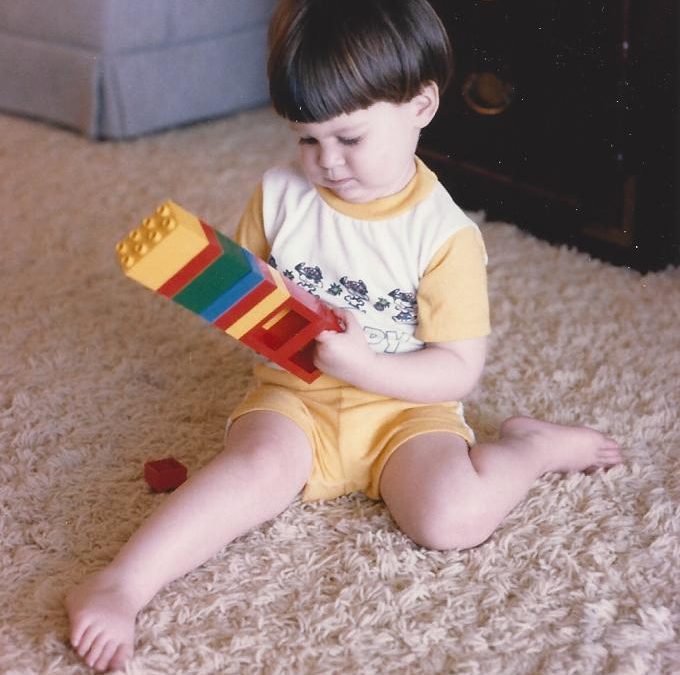
by emily | Apr 12, 2017 | Featured
It was quite a shock when Tom put down his Legos, stood in front of the TV and solved the Wheel of Fortune bonus round puzzle, “Spring Break” before the contestant. He was just three years old. Stunned, my mother and I looked at one another and asked, “What just happened?” We were relieved to witness this amazing moment together, since no one would have believed it without someone else to back up the story!
Tom was mesmerized by the Wheel of Fortune TV show from the time he was really little. I remember him freezing in his tracks as he crawled on the carpet before his first birthday, watching with rapt attention as contestants spun the wheel and called out letters. This fascination continued for years.
Tom’s early years pretty much matched what I read in the baby book with one clear exception. He started saying single words around fourteen months, but around his second birthday, he had a sudden regression and stopped talking almost completely. Of course my husband and I took him straight to the pediatrician, who told us to wait and see, not to worry.
We were tremendously relieved when Tom began talking again a few months later, and were delighted to see that he could also read pretty much anything he saw! He also arranged magnetic letters on the refrigerator to spell words. We discussed this with the pediatrician, and agreed that Tom had experienced a “pregnant pause.” He was using those months of silence to soak up language in all its forms.
We figured our son was a genius, and that genius accounted for any other differences we were noticing, like the fact that he lined up his toys or never joined in during playdates with the neighborhood children. Tom was presenting a mixed bag of signals that we did not know how to interpret. The word “autism” was creeping into our consciousness. Was it possible to be gifted like Tom and have autism? In 1989 when he had an informal screening, the answer was, “No.
By 1994, however, Asperger Syndrome was added to the diagnostic manual experts use, expanding the view of autism to include people with normal or gifted intelligence. Asperger Syndrome explained the social, communication, behavioral and sensory differences that Tom had been experiencing for years. The term Autism Spectrum Disorder (ASD) is now used to include people of all abilities who fit a unique pattern of developmental differences.
When Tom was in elementary school we scrambled to get him the help he needed. These were very difficult years for him and the entire family. I think the most heartbreaking aspect for us all was the bullying and rejection by his peers. Tom found comfort in an old friend, the Wheel of Fortune TV show. He took the computer game version with him everywhere and tuned nightly to the familiar faces of Pat Sajak and Vanna White.
Over the years, Tom responded well to the interventions and therapy he received, and made great gains. He used coping strategies to manage the daily challenges of life. He learned to be more social and make friends. He learned to drive. He began to understand autism and how it affected him. He learned to accept and love himself without regrets. He started to speak up for himself and become a self-advocate.
Tom was excellent at math and set his sights on becoming an accountant. He got a college degree and successfully passed the very difficult examination to become a Certified Public Accountant (CPA). He worked in corporate America for almost a decade when he decided that accounting was not the right field for him.
Tom does not keep his autism a secret, and many people asked him, “How did you become the person you are today,” or “How can I help my students with ASD?” Tom decided to walk away from his accounting career to dedicate himself full time to speaking and training on autism.
He is also sharing what he learned from his experiences to inspire others who face similar challenges in his upcoming book, Come to Life: Navigating the Transition to Adulthood. In it he explains his mantra, “Know Yourself. Love Yourself. Be Yourself.” He speaks directly to his peers and suggests ways that youth with ASD or similar disabilities can discover themselves.
In the meantime, Tom’s love for the Wheel did not wane, and he is still an excellent player. When his schedule became flexible he decided to try out. He did really well in the auditions and was called very soon afterwards to be a contestant. We all always pictured him on that stage, and it was a highlight of his life to finally be there!
During the contestant interview when Pat Sajak chats with him, Tom tells a short version of his life story, past and future. As his mother, that moment was enough for me, seeing him there so poised and articulate, having overcome more than anyone could know, telling the world he is ready to make a difference by helping others. I could have stopped watching then and there (but of course I didn’t).
What better time for this episode to air than in Autism Awareness Month, or as Tom prefers, Autism Acceptance Month? Tom represents the potential of people with autism and the very real ability they have to contribute to the world, whatever their gifts may be.
Tune in on Tuesday April 18 to see how it went for Tom, whether the Wheel favored Tom or if Wheel of Misfortune better characterizes his luck that day!
Visit www.ThomasIland.com for more information about Tom.

by emily | Jun 10, 2013 | Featured, Law Enforcement
Training the Police to recognize and respond to people with ASD is one part of the safety solution. Safety training for people with ASD is the other ESSENTIAL piece of the puzzle. Visit www.BeSafeTheMovie.com for more information about the new video modeling curriculum for those with ASD and related conditions.

by emily | Jun 10, 2013 | Featured, Law Enforcement
Collaborating with local law enforcement agencies is a key to safety in the community. Emily is grateful for the many years she has worked with LAPD professionals as the Autism Awareness Project Manager for the Autism Society of Los Angeles (a volunteer position!). Training thousands of police about ASD was also a chance to learn about the police perspective on safety. This led to the idea of directly training young people with ASD to understand and use safe behaviors when interacting with the police. The LAPD-ASLA Autism Symposium is a tremendous event that combines experiential learning for the police, and a relaxed, fun atmosphere for students and law enforcement professionals to get to know one another. BE SAFE the movie was also inspired by this work.
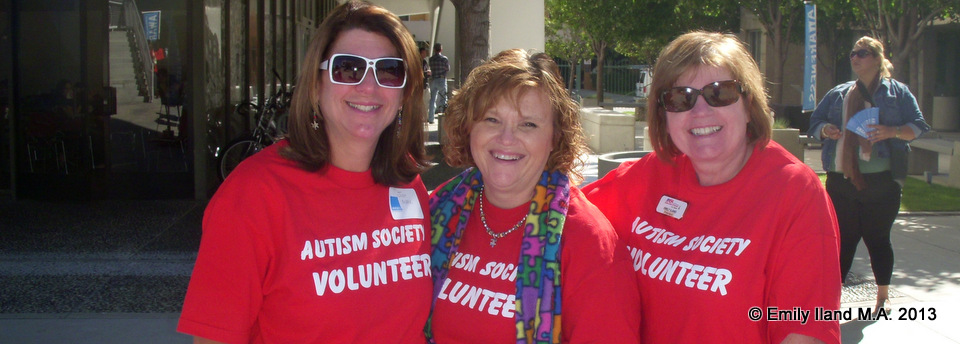
by emily | Jun 10, 2013 | Featured
President, Autism Society of America Los Angeles Chapter. Leadership position since 2006 in autism advocacy organization.
Program developer, project manager, and lead trainer of the Autism Society-Los Angeles Police Department Autism Awareness Training, 2007-present. Providing training for Los Angeles Police Department Officers, to recognize and respond effectively to individuals with autism. More than 3,000 trained to date.
Subject Matter Expert, State of California POST Autism Awareness Training Video, Spring 2009 (Peace Officer Standards and Training). Selected as 1 of 8 civilians to help create the law enforcement training materials on autism for the state of California, mandated by SB1513.
Senate Select Committee Taskforce on Equity and Diversity, 2012-2013.
Statewide leader making policy and legislative recommendations promoting equity for underserved communities and cultural competence to work with diverse families in the Regional Center System.
Senate Select Committee on Autism, 2009-present. Chairman of the North Los Angeles work group on education and employment for adults with autism spectrum disorders. Also addressing issues of diagnosis, insurance, eligibility and access to appropriate services and supports. Los Angeles County delegate to the Community of Practice Autism Advisory Workgroup on Transition & Employment, 2011.
California Blue Ribbon Commission on Autism, 2007. Member of the Transition Task Force drafting state legislative recommendations for teens and adults with autism, including SB1513 mandating creation of autism awareness materials for law enforcement organizations.
Founding member and Chairman of C.L.E.A.R., Community and Law Enforcement Aware Response, 2003-present; Project Manager effective 2008. Created a computerized Special Needs Registry to assist the public served by the Los Angeles County Sheriff Department, Santa Clarita Station, recognized in 2011 as a national model by the Department of Homeland Security. Train Santa Clarita Valley Sheriffs to recognize and respond to individuals with autism.
Founding Member, Board of Directors, Santa Clarita Autism Asperger Network (SCAAN).
Leader and advocate in local autism support group, 1995- present. Provide support for families and encourage collaboration with autism groups, and support organizations and service providers.

by emily | Jun 10, 2013 | Featured
Emily is ready to raise awareness about ASD, in English or Spanish. She has done many TV appearances, as well as newspaper and radio interviews. Video and excepts will come to the site soon.

